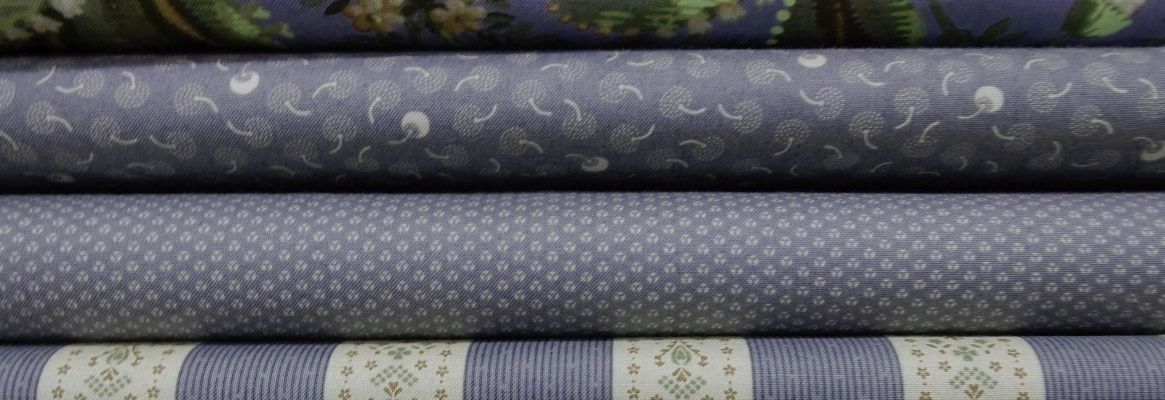Introduction
The risk posed by ultraviolet radiation has becomemore dangerous in recent years as whole world concerned about environmentalissues. Particularly the damage in earth protective ozone layer is increased.The highly exposure of human skin to solar radiation became the cause of skincancer. Ultraviolet radiation also affects the colour depths of various dyes,colorants, pigments by initiating degradation. This phenomenon may be moreproblematic for automotive upholstery and drapery clothing because the colouredsurfaces, car seats, curtains are potentially exposed to ultra violet radiationfor a great deal of time. The solar radiation that reaches the earth's surfaceconsists of infrared, visible light from red to violet and ultra violet radiation.
The variation of surface temperature differssignificantly from global radiation and ultra violet radiation. The human eyeresponds to light with wavelength from about 790 nm (red) to 430 nm (violet).Light with wavelength beyond ultraviolet and shorter than human eye seeingcapacity. The ultraviolet light is produced by sun, absorbed by the ozonelayer or reflected back into space so only a small amount reaches the surfacesof the earth. The sunlight is received as direct rays and in diffuse light,i.e. skylight that has been scattered by the atmosphere. The sky is bluebecause air molecules scattered even the shorter wavelength blue light morethan the red light. UV light is scattered even more than blue light. Beingshaded from the Sun's direct rays provides only partial protection from UVexposure because of the high level of diffusion of UV light. Typical windowglasses transmit less than 10% of sun burning ultraviolet light and sun blockcreams work by absorbing or reflecting UV rays.
ReadFull Article
The authors areassociated with Textile & Engineering Institute, Ichalkaranji (India).
